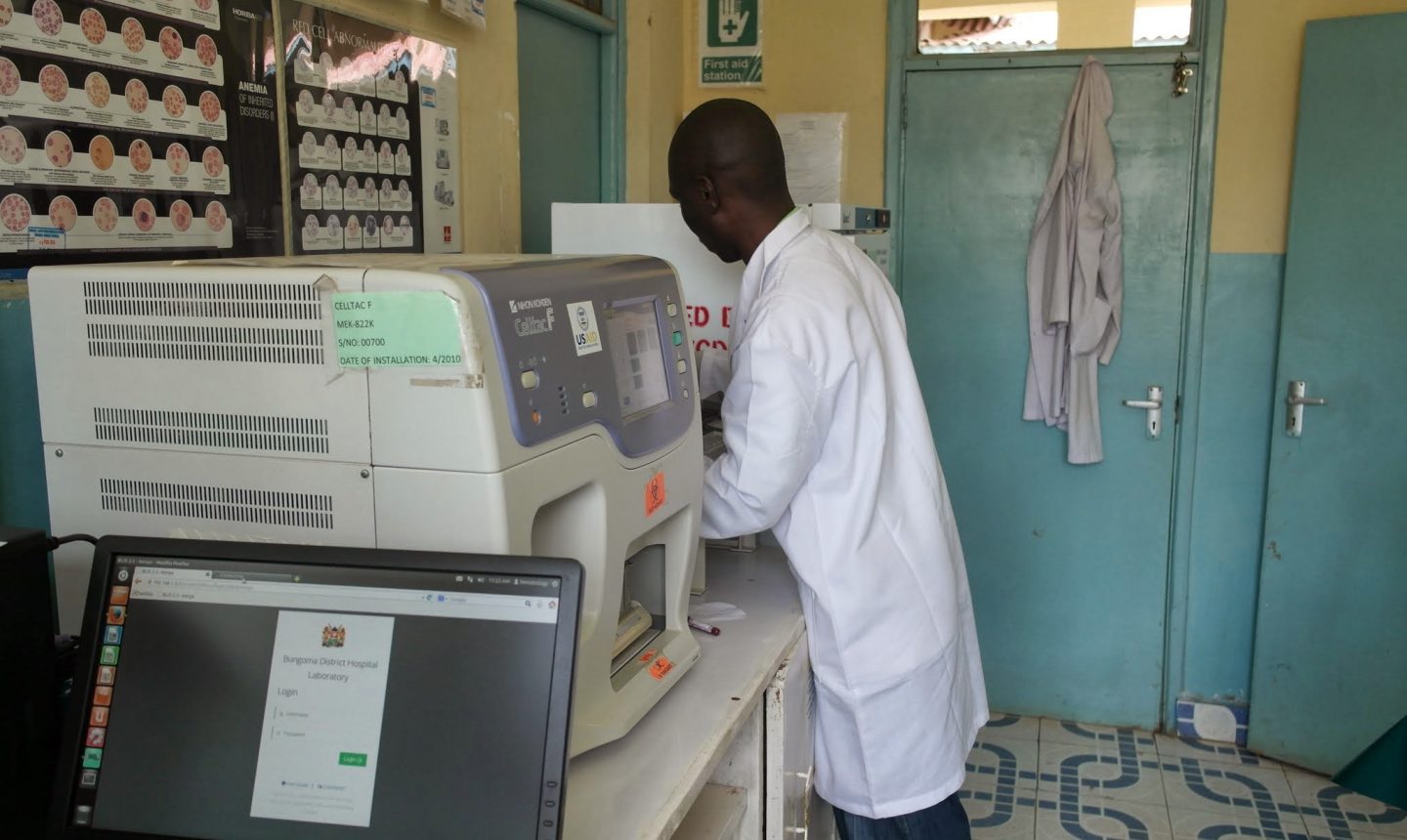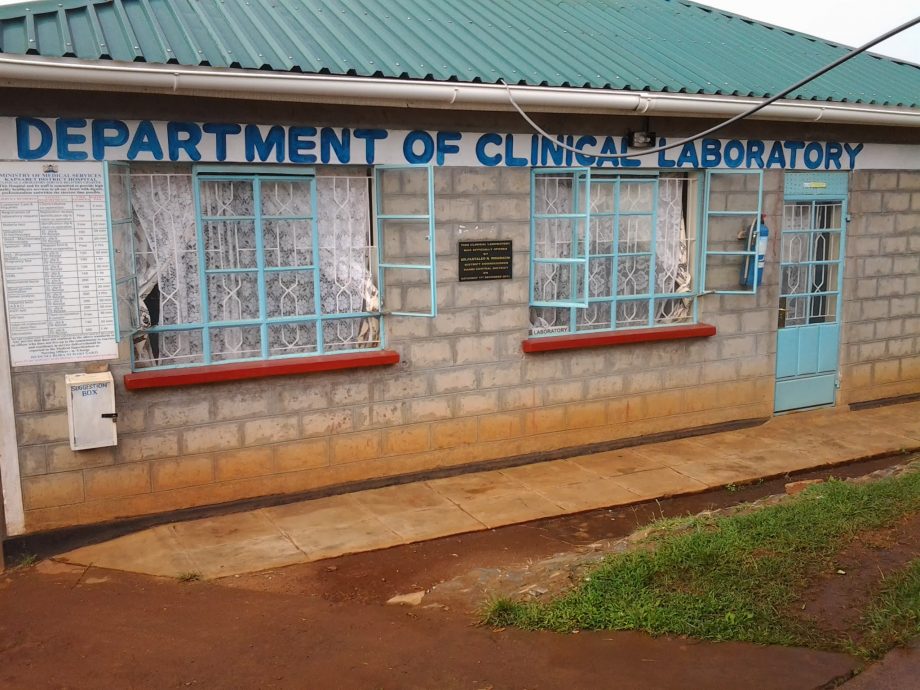
Implementing an Open-Source Laboratory Information System in Kenya
- LocationKenya
- Implementation2021
Laboratory information systems (LIS) are important as they serve a variety of functions such as managing workflows, improving efficiency and accuracy, and supporting lab reporting operations.
System implementations can be separated between EMR and laboratory information management systems (LMIS) which can cause difficulties in patient identity management and laboratory operations. In addition to these difficulties, understaffed and overworked teams are experiencing growing operational challenges with the supply of instruments and reporting tools and processes. These conditions can lead to challenges in tracking test results and specimens.
@iLabAfrica – Strathmore University
Association of Public Health Laboratories (APHL)
C4G group at Georgia Tech Institute
CDC Atlanta
The Impact
-
Customization
Efficient custom report generation
-
Quality
Quality control and Quality assurance
-
Integration
System integration with Hospital Electronic Medical Records and other external systems
-
30,000 Tests
Bungoma lab now tracking over 30,000 tests per month with improved turn-around times for tests
-
Increased Revenue from $500 to $30,000
Increased revenue per test to $30k per month
-
Support
Development of in-country technical capacity for ongoing support
-
Local Open-Source Community
Development of a local open-source community for skill transfer and support to other users and implementers

The BLIS (Basic Lab Information System), a user driven system, was developed to help resource-constrained labs run more smoothly.
With BLIS, the system can be customized to fit the needs of each specific lab which will not only allow for integration with other machines but with other systems as well. The integration supports the exchange of the patient data, test request and test results between the lab equipment, LMIS and other systems such as EMRS.
The Approach
Labs can now run more effectively due to some improvements with the system. These improvements include developing training sources to support the BLIS user community and the core BLIS modules to help continue to improve workflows, services, tests, integrations, etc.
The long-term plan for BLIS is to implement this system wtih private hospitals to continually grow the outreach of the system.
-
OHIE CAPABILITIES
- Exchange of lab requests and results
- Support for HL7
- Support for LOINC
-
HEALTH ISSUES ADDRESSED
- Accuracy of Patient Lab Test Data
-
OpenHIE Workflows
- Export aggregate data
- Validate and save aggregate data
- Expand value set
- Retrieve code map
- Verify code existence
- Verify code membership